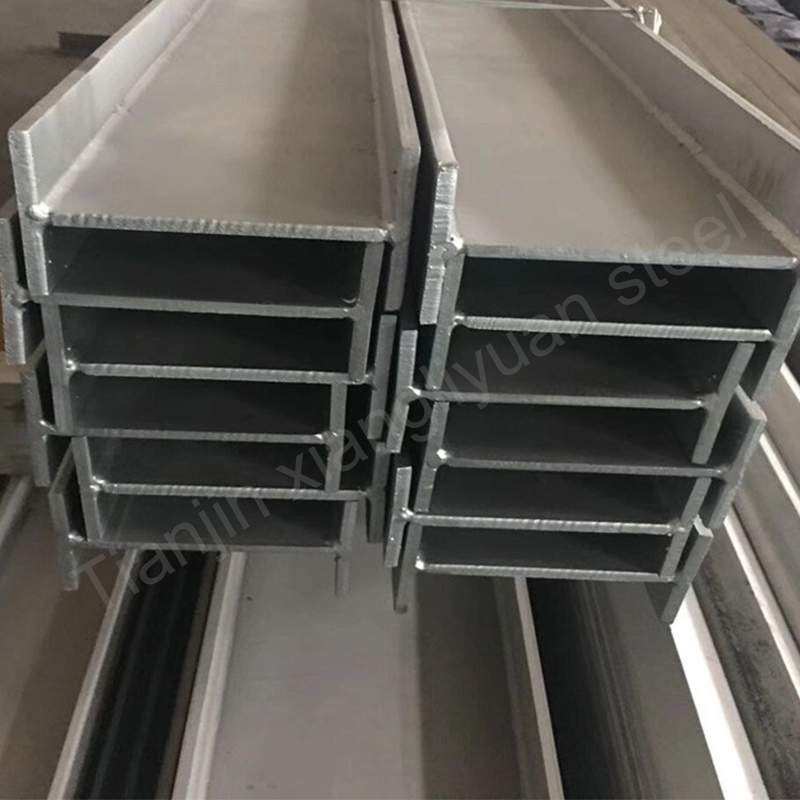
- I-beam, named because the cross-section is shaped like the English letter I, and like the Chinese character I, so it is also known as I-beam steel, I-beam iron. I-beams differ from H-beams in whether or not the inner edges of the wing plates are inclined. Due to their lightweight design, I-beams are often preferred in projects that require a lightweight structure without large load pressures. The high strength of I-beams makes them widely used in many different areas. The use of this type of steel in construction can offer significant advantages in terms of cost, construction time and ease of dismantling or movement.
- In industry, notable features of I-beams include:
Large cross-sectional area and high degree of balance: I-beams have a wide cross-sectional area, which helps to produce a high degree of balance and provide good load carrying capacity.
Balanced structure and good elasticity: By balancing the structure, I-beams provide robustness and good elasticity.
Low deformation and warping: When subjected to high pressure, I-beams do not deform or warp, ensuring structural stability.
Versatile designs and sizes: I-beams are available in a wide range of types and sizes for a variety of construction projects.
Weather resistance and application in harsh environments: I-beams are resistant to weathering and chemical corrosion, making them a reliable choice in harsh conditions.
Short construction time and low maintenance costs: Quick and easy construction helps reduce costs while maintenance costs are kept under control.
Lighter than H-beams: I-beams are lighter than H-beams, making them easier to transport and use.
Get A Quote Today
Best quality at the lowest price

